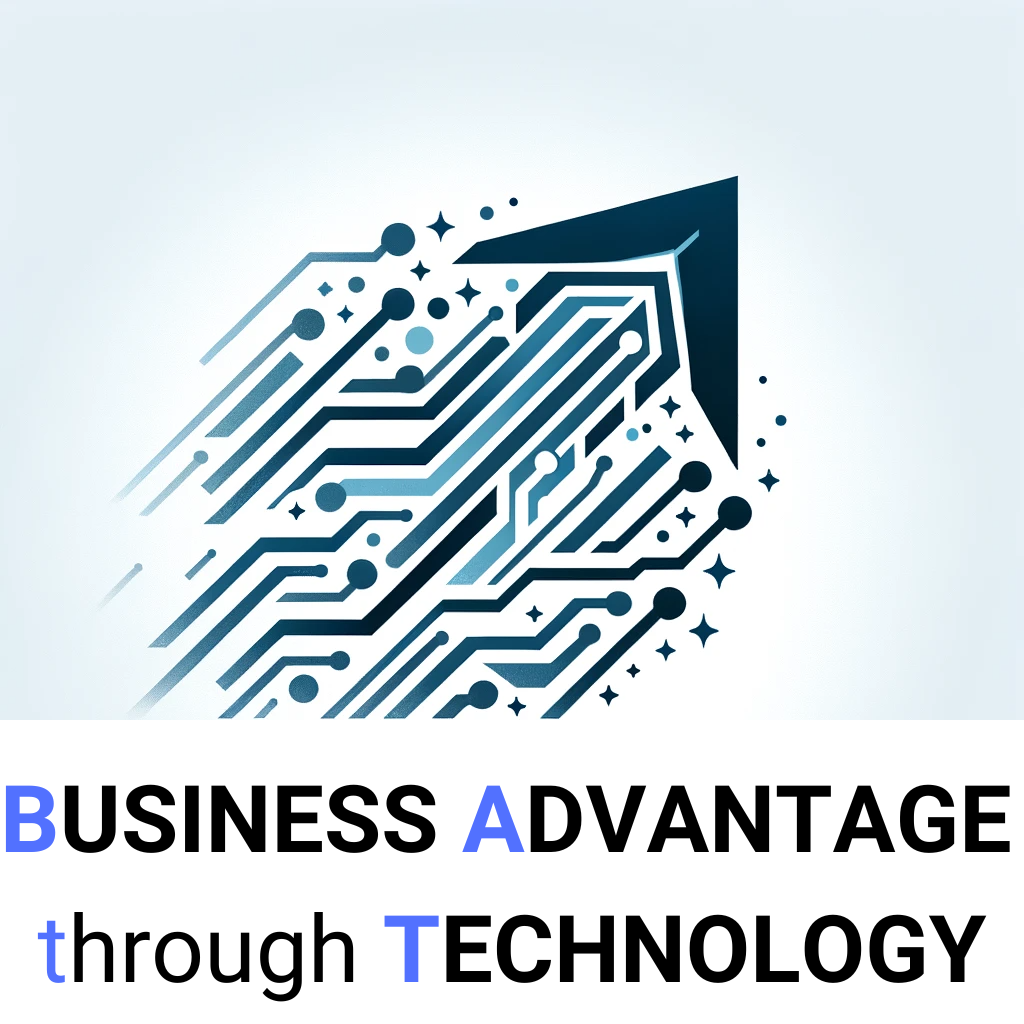Digital and AI Transformation
‘A digital and AI transformation is the process of developing organizational and technology-based capabilities that allow a company to continuously improve its customer experience and lower its unit costs and over time sustain a competitive advantage’ – great opening definition from McKinsey in ‘Rewired’.
Are you serious about digital and AI transformation?
AI and Digital Transformation seem to be on every corporate agenda. AI has caught the ‘corporate imagination’ with all of the recent GPT development. But AI only relevant when you have digital – so another driver for digital transformation.
We seem to have been talking Digital Transformation for at least a decade. And those who are succeeding have vision, commitment, dedicate resourcing. The 6 Considerations oppostie need to be examined before engaging ina ny meaningful transformation.
Considerations in contemplating Digital and AI Transformation
- Roadmap for a digital transformation? Can you, the leaders of the business, impagine the technology driven business – as against the current business
- Do you have the inhouse digital talent to drive the digital and AI transformation?
- Is your business operating model customer-centric and focused on speedy delivery?
- Are you ready to/ capable of adopting the required software engineering practices to drive development speed, quality and operational performance?
- Will your data architecture and data governance framework enable you to embed data everywhere – to drive quality, ease of consumption, ease of reuse?
- Do you understand what will be required to drive adoption and scaling across the business – are you committed to this?
So where do we start – what should we be transforming?
Big enough to make a difference, small enough to get it done – seems a good guide for kicking off with meanigful digital and/or AI transformation. McKinsey descibe this as assessing projects in terms of value against feasibility.
Value potential
So, in looking at potential value of a transformation project, McKinsey suggest:
- Improving customer experience
- Financial benefits – customer growth, reduced customer churn, improved yields, reduced costs
- Time to realise this value e.g. 6 to 36 months
- Synergy – can this transformation be leveraged in other parts of the business e.g. data, techanology, change management
The guide itself
This is a well put together book taking you through the elements of Digital and AI Tranformation – and what is required in each element to drive success. It is also backed up by controbutions form a number of clients – and, finally, a number of good case studies.
As a more technical example, Section 5 deals with the concept of Embedding Data Everywhere. Inter alia this requires a suitable Data Architecture. In Chapter 26, headed ‘Data architecture and or the the system of data pipes’ they review different architecture archetypes, including: cloud-native datalake, cloud-native data warehouse, lakehouse, data mesh and data fabric.
Section 6 addresses the key area of Adoption – and is less technical in nature, but equally if not more important. In Chapter 28 they talk about the four elements of the influence model – in the context of successful change management:
- Leadership engagement
- A compelling change story
- Measurement and performance metrics
- Role based training
The book offers plenty to the experienced Digital Transformation consultant. But it is also a very good read and guide for anyone in an executive management role looking to kick off significant Digital and AI Transformation



